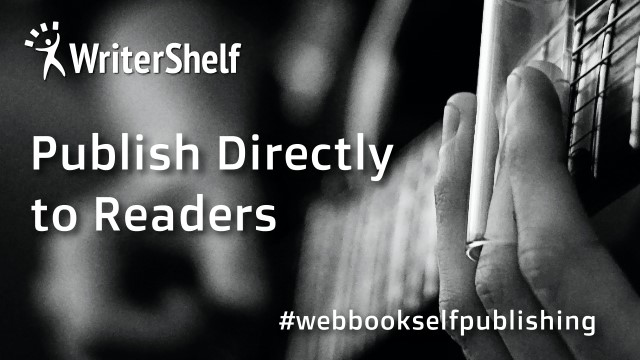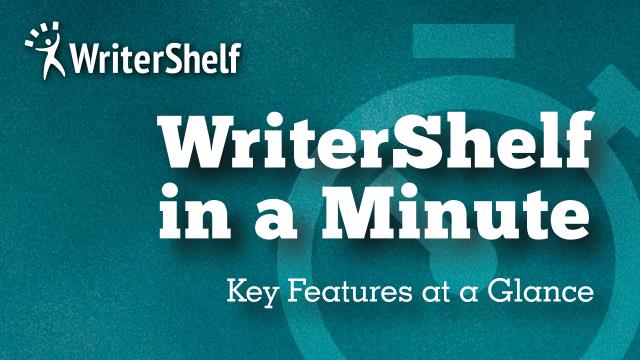Why Clear Visuals Can Save Hours on a Build
1
0
·
2025/07/17
·
6 mins read
☕
WriterShelf™ is a unique multiple pen name blogging and forum platform. Protect relationships and your privacy. Take your writing in new directions. ** Join WriterShelf**
WriterShelf™ is an open writing platform. The views, information and opinions in this article are those of the author.
Article info
Tags:
Total: 1339 words
Like
or Dislike
More from this author
More to explore








Building anything in New York—be it a mid-rise in Brooklyn or a warehouse in Queens—is a race against time. With union schedules, tight permits, and contractors juggling multiple jobs, there’s little room for error. A missed bolt hole or a misunderstood dimension? That can delay an entire crew. That’s where ga drawings come into play. They may not seem exciting, but they carry more weight than most realize.
You don’t need to be an engineer to see the value of a clear drawing. You just need to be someone who’s had to stop a build over a fuzzy printout or an unclear annotation.
What Happens When the Details Aren’t Clear
Here’s a familiar scenario for most project managers in NY: The job kicks off on Monday, the crew starts cutting, lifting, placing... and by Wednesday, someone notices a column is 3 inches off where it should be. Is it a mistake? Is the drawing outdated? Is there a revision floating around that never made it to the site?
Suddenly, you've got six guys standing around, waiting. Tools down. Radios buzzing. Phone calls flying back and forth between site and office. That’s thousands of dollars burned—not in materials, but in time. And in this city? Time is the one thing no build can waste.
Visuals Are a Language Everyone Understands
Contractors, steelworkers, architects, concrete pourers—they all come from different specialties, backgrounds, and often, different parts of the world. Miscommunication is almost guaranteed unless the instructions are universal. That’s what good visuals do. They become a shared language. When drawings are clean, layered well, and marked up properly, everyone speaks the same message. You don’t need three calls to confirm a beam size. You don’t need to guess where the slab ends. The build keeps moving forward—smoothly.
The Unspoken Cost of Poor Communication
It’s easy to chalk things up to “just a small mix-up,” but small things have a funny way of turning into giant setbacks in construction. Let’s say a plumbing run was marked incorrectly—off by a foot. The wall’s framed. Drywall is halfway up. Then someone checks and realizes the chase is too tight. Now, the crew has to cut, reframe, rerun the pipe, and delay inspection. That one “minor” mislabeling? It cost 2 days.
With the way New York’s inspection windows are booked, losing your time slot can mean a full week added to the job. Multiply that across multiple trades and suddenly your project timeline looks nothing like the one in your proposal.
Tech Helps—But Only If Used Right
There’s no shortage of software in the construction world. BIM, CAD, project dashboards—you name it. But software is only as good as the people inputting the data. If someone drops a set of visuals into a shared drive but forgets to update the change log, that’s chaos waiting to happen.
What teams need isn't just “more tech.” They need a better flow—one where changes are tracked, shared instantly, and labeled with zero confusion. And the visuals themselves? They should be export-ready, mobile-friendly, and clearly layered so even a foreman with a cracked iPad and dusty gloves can zoom in and understand what he’s looking at.
NYC Jobs Need Precision More Than Anywhere Else
Building in New York isn’t like building in rural PA or upstate. We don’t have the luxury of open space. Here, measurements matter down to the inch. There’s a wall next to another wall, which butts up to an easement, which aligns with a property line, which needs a DOB-approved buffer. If any one piece is misaligned, you’re talking legal issues, city fines, and possibly a full stop. We’ve seen jobs stall because scaffolding was two inches closer to the curb than allowed. That’s not a rare case. That’s a Tuesday in Manhattan.
It’s Not Just About Clarity—It’s About Trust
Imagine walking onto a site and seeing every trade working in sync. Structural steel is in, HVAC is already framed around it, plumbing is threading through exactly where it should. You can feel the confidence.
That kind of rhythm only happens when the people on-site trust what they’re building from. They trust the files, the annotations, the markups. When visuals are updated and verified, it takes the guessing out of the job.
That’s where professionals who specialize in rebar detailing quietly make all the difference. Their input ensures that when structural bars are placed, they match the concrete pour timing, the mechanical runs, and the formwork. It’s invisible work that prevents very visible delays.
Local Field Experience Changes the Game
Here’s something software can’t do: know that the delivery truck will block the one narrow alley where your materials need to unload. Or that if you start welding after 3 p.m. on a Friday, the neighbor’s noise complaint might shut you down. Local context matters.
Having clear visuals is important, yes. But working with teams that understand how New York actually builds things? That’s the secret weapon. They pre-anticipate the hiccups because they’ve been there. They’ve seen the jobs that went sideways. And they’ve helped the ones that went right.
The Future Is Simpler, Not More Complicated
With all the 3D renderings, laser scans, and drone shots available today, it’s tempting to think every project needs a fully immersive digital twin. But what most jobs need is just clarity. A clean, color-coded PDF. A drawing that’s readable on a phone screen. A mark-up that says “Shift 6" west” in big, bold red, not buried in a legend three clicks away. When visuals are simple and intentional, builders build faster. That’s it.
Human Error Is Inevitable—Good Visuals Minimize the Impact
Even the best crews make mistakes. But the difference between a five-minute correction and a two-day halt is often how fast they catch the issue. When a drawing is sharp and understandable, someone can spot a problem early. They can raise their hand and say, “Hey, this doesn’t match the spec.” That early catch saves hours. And in construction, every hour carries weight.
Building Trust Across Teams
At the end of the day, buildings get made by people. And people need trust to work well together. Clear visuals—simple, understandable, regularly updated—help build that trust. They show respect for everyone on the job site. From the PM in the office to the laborer on the roof, they send a message: We’ve thought this through. You’re not working blind. And when teams feel supported, they build better, faster, and with fewer surprises.
FAQs
Q: What are general arrangement drawings used for in construction?
General arrangement (GA) drawings show the layout of a building or component. They help all trades align on dimensions, placement, and sequence. These drawings offer a bird’s-eye view of how different systems come together on a job.
Q: How can poor visuals delay a build?
Unclear or outdated visuals often lead to incorrect installations, clashes between systems, or safety issues. This can cause rework, inspection delays, or even code violations—all of which cost time and money.
Q: Why is rebar detailing important?
It ensures steel reinforcement fits accurately with formwork and other trades. Poor detailing can lead to improper strength or clashes with plumbing or electrical. In cities like New York, where space is tight and builds are fast-paced, getting this right matters more than ever.
Q: How do visuals improve jobsite communication?
They reduce the need for verbal clarification. When everyone can look at the same drawing and immediately understand their task, there’s less confusion and downtime.
Q: Can tech fully replace traditional drawings?
Not entirely. Tech helps with coordination and updates, but teams still rely on simple, readable visuals to execute work in the field. Tech should support clarity, not complicate it.
Final Thoughts
In a city that never slows down, clear visuals aren’t a luxury—they’re essential. New York builds fast, dense, and with zero tolerance for guesswork. Whether it’s a high-rise in Midtown or a brownstone renovation in Brooklyn, your crew deserves the kind of visuals that save time, not cost it. Because when the drawing makes sense, the build makes progress.